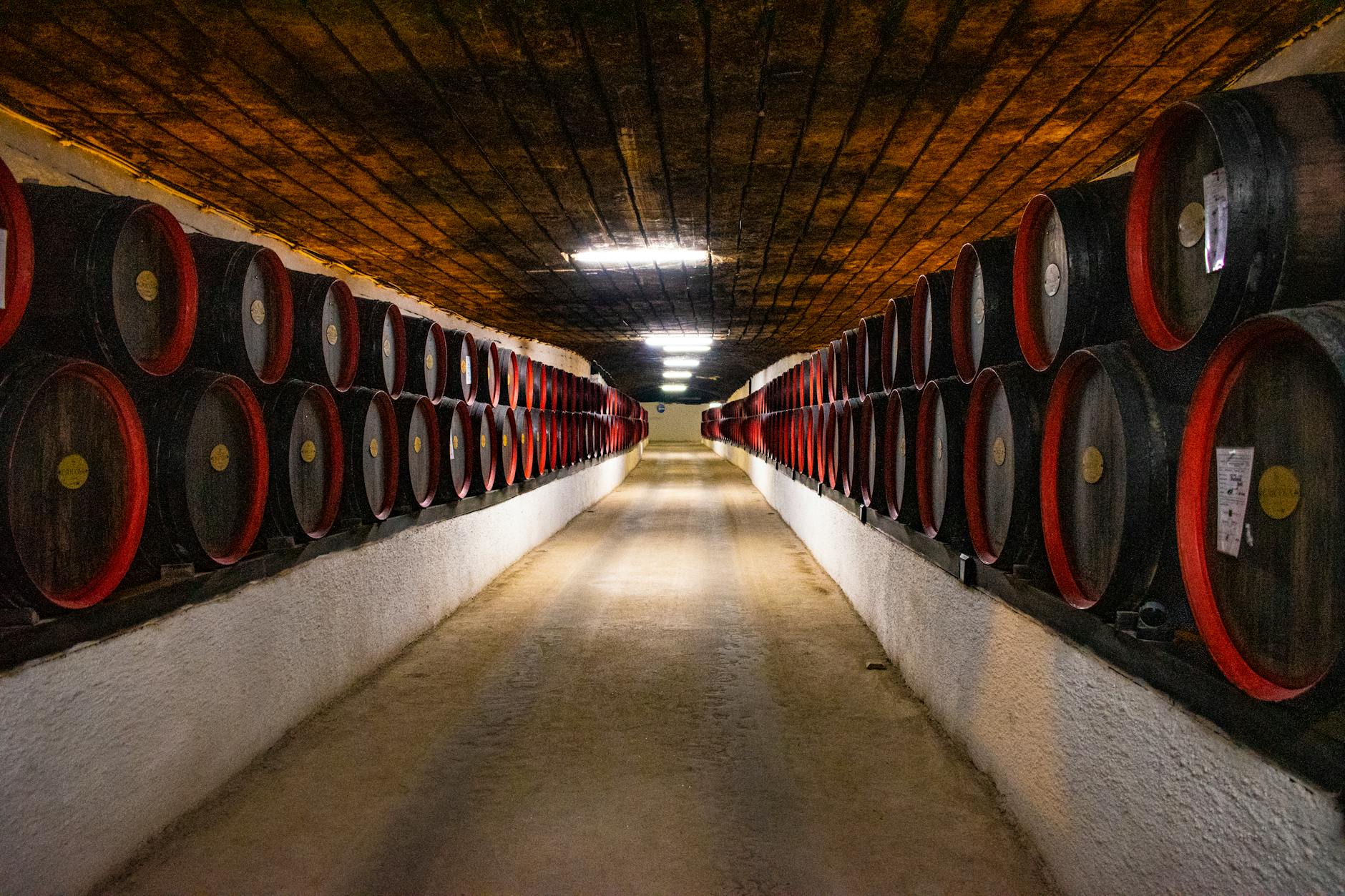Unlocking the Best Tips for Effortless Installation of Underground Storage Containers
Underground storage containers are an efficient and discreet solution for storing various items, from water and fuel to food supplies and emergency gear. Installing these containers correctly is crucial to ensure their durability and functionality. In this article, we will explore the best tips for effortless installation of underground storage containers, covering preparation, placement, and maintenance.
Pre-Installation Preparation
Before installing an underground storage container, it is essential to conduct thorough planning and preparation. Start by identifying the ideal location for the container. Consider factors such as accessibility, drainage, and proximity to utilities. Clear the area of any debris, rocks, or roots that may obstruct the installation process. It is also crucial to check local regulations and obtain any necessary permits for underground storage installation.
Excavation and Placement
Once you have selected the location and obtained the required permits, it’s time to begin the excavation process. Dig a hole that is slightly larger than the dimensions of the storage container to allow for proper placement and backfilling. Ensure that the hole is level and compact the soil at the bottom to create a solid foundation for the container.
Carefully lower the storage container into the prepared hole using appropriate equipment such as a crane or excavator. Make sure the container is positioned correctly and securely in place. Double-check the alignment and levelness before proceeding with backfilling.
Backfilling and Compaction
After the storage container is in place, backfill the surrounding area with clean, compactible soil. It is crucial to backfill in layers, compacting each layer thoroughly to prevent settling or shifting of the container over time. Avoid using rocks or debris in the backfill material, as they can create pressure points and cause damage to the container.
Once the backfilling is complete, add a layer of gravel or sand above the container to provide additional support and improve drainage. Compact the top layer of backfill material and ensure that the surface is level with the surrounding ground to prevent water pooling around the container.
Ventilation and Access
Proper ventilation is essential to prevent the buildup of harmful gases inside the underground storage container. Install ventilation pipes or vents to allow for adequate airflow and ventilation. Additionally, ensure easy access to the container for maintenance and inspection purposes. Consider installing a secure and weatherproof access hatch or cover that can be easily opened when needed.
Regular Maintenance and Monitoring
To ensure the longevity and functionality of your underground storage container, it is essential to perform regular maintenance and monitoring. Inspect the container periodically for any signs of damage, corrosion, or leaks. Keep the access hatch or cover clean and free of debris to prevent obstructions.
Monitor the contents of the storage container regularly and follow proper storage guidelines for different types of items. Implement a maintenance schedule that includes tasks such as checking the ventilation system, inspecting for water infiltration, and cleaning the interior of the container as needed.
In conclusion, installing underground storage containers can be a straightforward process if you follow these best tips for effortless installation. By properly planning, preparing, and executing the installation steps, you can ensure the durability, safety, and functionality of your underground storage container for years to come.


